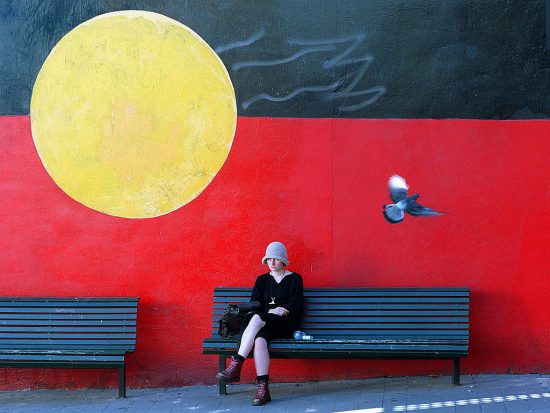 I feel many reading this will know of families that have been interwoven from their past through to their present so first a personal message: I have lost track of a family that was very much part of my past so, if the following account of first names sounds familiar, please get in touch.
I feel many reading this will know of families that have been interwoven from their past through to their present so first a personal message: I have lost track of a family that was very much part of my past so, if the following account of first names sounds familiar, please get in touch.
My first encounters and memories of this family stretch back to when I was about five years old and in my grandmother’s kitchen with Chrissie and her very beautiful daughter (whose name I have forgotten). Chrissie herself was pretty in a wavy-blue-rinsed-hair way and I can remember that when she introduced me to her daughter, whose beauty had me in awe, her daughter made no fuss or acknowledgement of me and continued whatever she and Chrissie were so loudly speaking about. I was told later that the daughter had just won a beauty contest and that was why all the fuss.
Chrissie had a brother that I always called Uncle Doug and a sister called Irene. There may have been others but these were the family members that were in my personal orbit for many years. In those days my mother would take me and my older brother to the markets to buy trays of fruit and vegetables. I still remember the very beautiful iron structure of the Roma Street Markets in Brisbane and the cool iron-roofed avenues that we would walk smelling and sampling while my mother bartered over prices.
I am now quite sure that we were brought along as props to engage the interest and sympathy from the various concession holders so that my mother could beat down prices. They were duped, she could have paid full price. When my brother started school I was the one walking the fruit and vegetable barrowed corridors with my mother. Once again I would have been about five or six but even at that age learnt how to taste, smell and weigh fruit to check the quality.
One of my personal favourites among the hawkers was Chrissie’s brother, Uncle Doug, who was tall, lean, muscular and always very happy to see me. He would pick me up on his shoulders so that I felt as high as a mountain and would walk me up and down the market aisles as he joked with other stall holders, having a go at them as they did him. Every one of these highly competitive, verbally touting marketeers seemed to be playing a wonderful game of what I would now call customer seduction and competitor mudslinging. But it was in good humour. The rules seemed to be only ‘If you can give it, you have to take it ’… or you don’t belong here.
My favourite, however, was Irene. Irene wasn’t pretty like Chrissie or tall and athletic like Doug. She was probably quite plain with straight, lank hair and what I would now call a ‘comfortable’ body. Irene had married a Czechoslovakian called Gus (Gustav) who had emigrated in the 50s and they had had no children. I loved Irene because she included me in her thoughts and related to me on many different levels. But most of all Irene taught me how to cook. If Uncle Doug and my mother had taught me who to select food in its raw state (my mother always insisted on tasting beef raw before she bought it) it was Irene who taught me what to do next.
I have spent at least thirty years in and around food as a hobby, a profession and as an academic. I have friends who cook for a living and what always amazes me is how many still follow a recipe. To me, this insults the skill. The thing about cooking is that it is the ultimate in applied science at a domestic level. What happens to food no matter what you do to it is based on the laws of physics and chemistry that are all refereed by the ultimate arbiter, the human palate. Irene taught me the science, the chemistry, and the proportions, and the smell, and the feel of food. We cooked family dinners together until I was twenty and we never used a recipe.
As we cooked together Irene and I would talk about our families and what we had been doing recently. I was now at university so I talked about that while Irene talked about her mini-empire of corner stores around the three adjacent suburbs. Chrissie had died (which my whole family knew about and grieved) and I think Doug had gone bush when the Brisbane Fruit Markets moved to Rocklea (and lost all its personality). Irene was an ace poker player and held what may have been an illegal poker club which was where she used to take down a local Labour politician for what seemed huge sums of money to me.
Because Irene was wealthy – in anyone’s terms – her frequent whinge was about all the ‘freeloaders in her family’. As in ‘Aunty Irene has a lot of money, let’s go to her’. Basically, Irene told me she was sick and tired of her mob. Irene’s husband Gus died somewhere throughout this time span and this seemed to bring the friendship between my grandmother and Irene even closer. Not that they didn’t argue with each other and go through periods of ‘not-speaking’ for several weeks. But the love and respect was always there.
By the time I was 20 I could catch and cook a mud crab, yabbies, all manners of fish and all types of meats, care of Irene. I could make crepes without a recipe and ice creams from custards and now it was my turn to turn 21. This was my personal family feast and Irene and I would be the cooks. I had ordered crayfish from New Zealand, beef from Kilcoy, asparagus from the markets, made the mayonnaise, the dressings, the croquembouche and now Irene and I were going to do the final touches, probably our last family feast together as Irene was getting old. Irene never turned up as guest and co-host. I could and did do it by myself as there wasn’t much left to be done but I really missed my friend and mentor. My mother was devastated as was my grandmother. A few days later the gift of an engraved jewellery box noting my birthday and name was delivered to my grandmother. It was from Irene and there was an opal inside.
I was never told why Irene didn’t come to my twenty-first. But I think I know. One of the last blazing arguments that I walked into between Irene and my grandmother was when I was about nineteen or twenty and it was to do with the two of them taking a Grand Tour of Europe. Irene was telling my grandmother that she would pay her own way and would help my grandmother (about fifteen years her senior). My grandmother wouldn’t hear of it. Irene said, “but Daph, I would go as your black maid and that will give you class and let me see places I have always wanted to see”. My grandmother wouldn’t budge and nor would she admit to Irene, who knew no fear, that she was terrified of flying.
This was the first time in about fifteen years in my experience of what was a close family contact the mention of skin colour or tribal origins was ever made. I never heard Chrissie, Irene or Doug mention it or refer to Aboriginality. They all had jobs and families and were getting on with life. But, physically, they all looked quite different. Chrissie’s daughter won Miss Opal which was appropriate because she was a beautiful Australian.
My first training was in physiotherapy which teaches you how to observe physical features, anomalies in action etcetera and I would, even today, find it hard, to see Chrissie as an Aboriginal. To me, with her wavy blue-rinsed hair, her hazel eyes, and her just slightly olive skin tone she looked as Irish as my grandmother. In fact, she looked much like Pat O’Shane, lawyer and Aboriginal activist, who has the freckles and blue eyes that match her surname. T
hen there was Uncle Doug who was extremely handsome in a tall, athletic way. Yes, he did have darker skin and if I were to find a modern day look alike it would be Adam Goodes the football player. Irene was quite different again with her straight hair and rather flattened facial features. To me, the clue to Irene’s predominant genetic heritage was her skill as a corner store owner, her love of gambling and her very high mathematical competence. I would suggest that there was definitely an Asian DNA link in Irene. So, one family with diverse genetic lines – much like most of us.
Now we have a media and various NGOs and corporations that constantly beat the drum about the most tenuous of genetic differentiation as if determined to extrapolate an issue where one may not have to exit. Now there is a disenfranchisement industry. Now some Australians believe and use this against other Australians. Sadly, ultimately, those that choose to identify with the difference, use it against themselves.
Irene didn’t come to my twenty-first because this was now the early sixties and the media was talking about Aboriginality as a cause and I believe that Irene for the first time recognised a differentiation to me and my family. She was my very first mentor and I would have honoured her had she come. I know a lot of very bright people but I think Irene would have to go to the top of the list. I am not sure if she ever went to school but I am sure she was a mathematical genius
Got something to add? Join the discussion and comment below.
Get 10 issues for just $10
Subscribe to The Spectator Australia today for the next 10 magazine issues, plus full online access, for just $10.

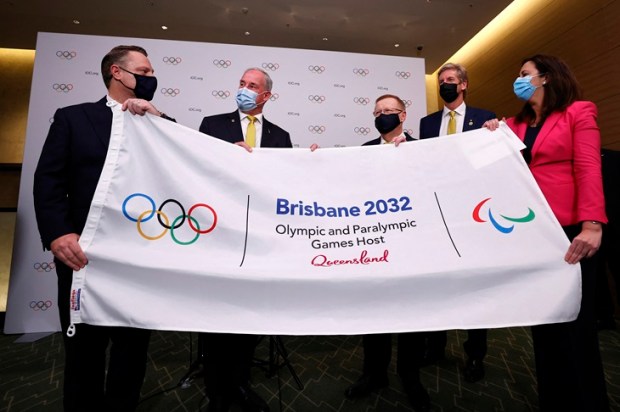


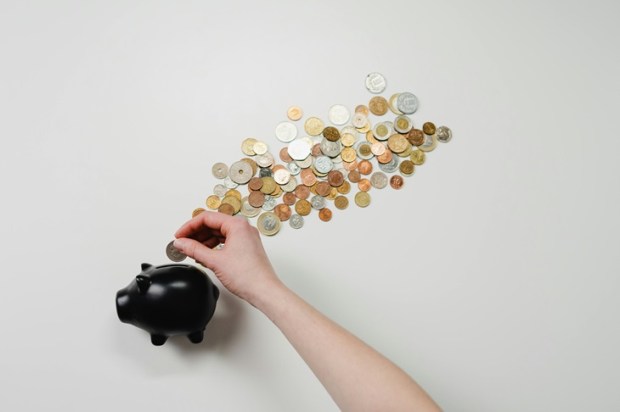
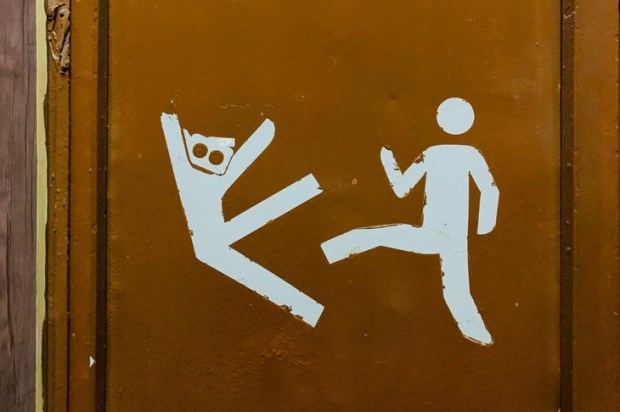
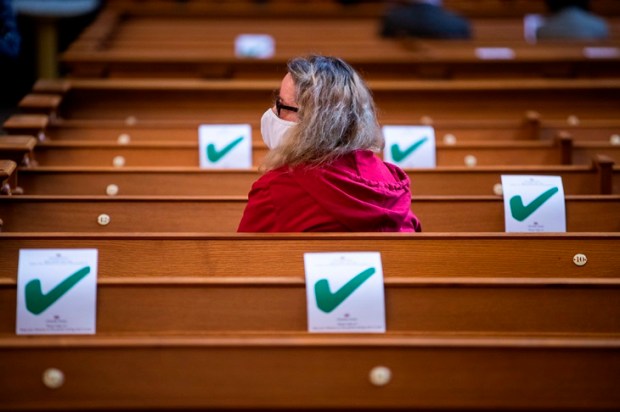


















Comments
Don't miss out
Join the conversation with other Spectator Australia readers. Subscribe to leave a comment.
SUBSCRIBEAlready a subscriber? Log in